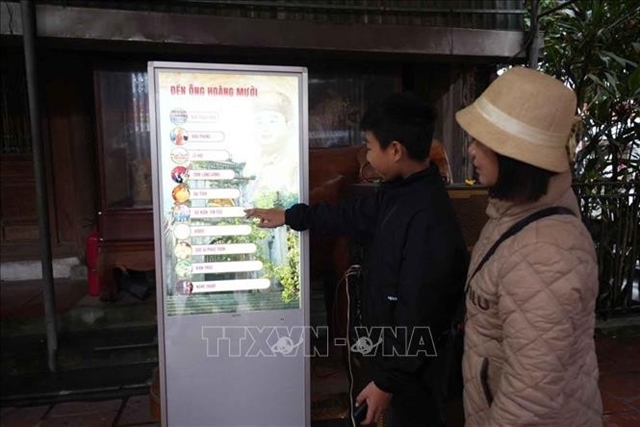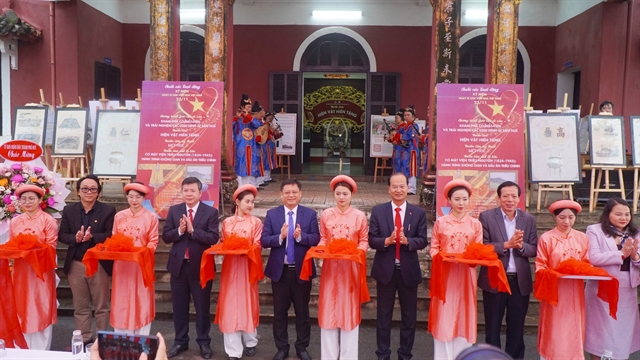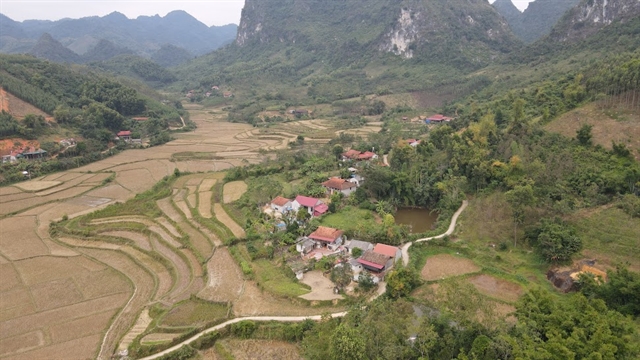 Sunday/Weekend
Sunday/Weekend
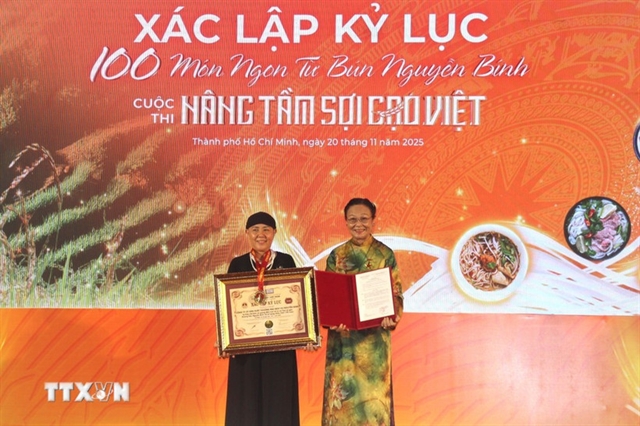
By Trần Khánh An
“Since 1945, he has been a legend to the entire Vietnamese people, from young to old, which we all are aware of and grateful for,” wrote Professor Phong Lê in his remark for the conference celebrating the 100th birth anniversary of composer Văn Cao.
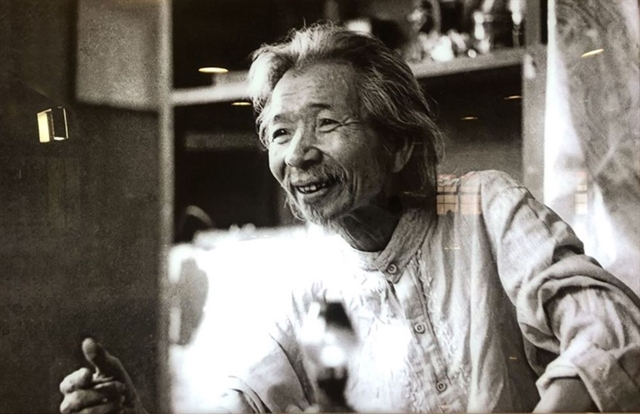 |
| Văn Cao through the lens of photographer Nguyễn Đình Toán. Photo qdnd.vn |
Born Nguyễn Văn Cao on October 15, 1923 in the port city of Hải Phòng, Văn Cao was the author of the iconic revolutionary song Tiến Quân Ca (Marching Song) written in 1944, which one year later became the national anthem of the new independent Việt Nam until now.
Since then, generation after generation of Vietnamese citizens have learned the national anthem and his name by heart, as the song is a summons from the motherland, reflecting the inner voice of their hearts.
Although the anthem alone undoubtedly marks Cao's eminent career, he was also an extraordinary talent, a virtuoso in music, poetry and painting with a long career and an extensive collection of works.
Elegance in music, poetry
Cao only wrote over 30 songs in his entire career. His only poetry collection Lá (Leaf) includes 28 poems; and the collection Anthology of Văn Cao Poetry, published after his death, contains just 59 poems.
Though Cao did not have a great number of compositions, his music and poetry have endured, representing the essence of his generation and the country.
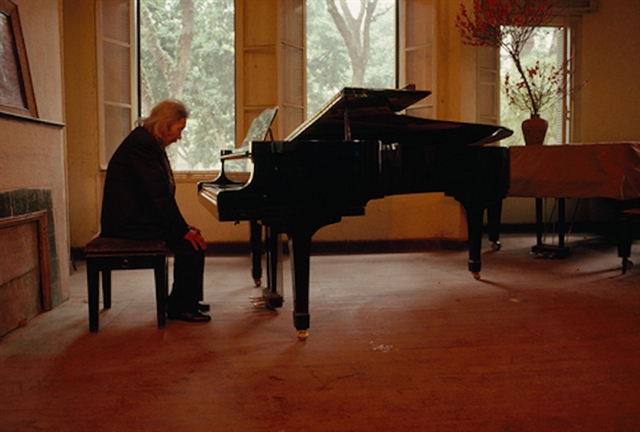 |
| The photo of musician Văn Cao sitting next to the piano was first published by David Alan Harvey in National Geographic magazine in November 1989. Photo by David Alan Harvey |
Cao's music contains the romance of an artist and heroism of a patriot. He composed rhythmic lyrical songs with folk influences such as Mùa Xuân Đầu Tiên (First Spring), Làng Tôi (My Village), and soldiers' marching songs such as Chiến sĩ Việt Nam (Vietnamese Fighters) and Tiến về Hà Nội (Marching to Hà Nội).
His music also fused the Vietnamese soul with traditional culture and the melody and rhythms of modern Western music. He transcended conventional musical forms and became a pioneer in a musical genre imbued with national creativity, with Trường Ca Sông Lô (The Epic of the Lô River).
“Cao's music contains diverse and complex transformations linked with significant developments in the nation's history, while also conveying the artist's humanity," said art researcher Đỗ Anh Vũ.
Autumn and spring themes feature frequently in Cao's poetry and music, with autumn representing separation and nostalgia, and spring representing happiness and unity.
If Tiến Quân Ca is the music that urges soldiers to go to the battlefield, Mùa Xuân Đầu Tiên praises soldiers' homecoming to reunite with their families.
"His music and poetry are full of artistry and fusion between the two genres. His poetry is abundant in melody and his music is also abundant in poetry," said art researcher Nguyễn Thành.
All of these characteristics have added a distinct elegance to Cao's music and poetry, as celebrated musician Trịnh Công Sơn once said: "In music, Văn Cao is as elegant as a king."
Illustrator
Cao's versatility extended to painting, and the majority of his artworks were book illustrations. Although his painting career was less prominent than his music and poetry realms, he still established a new perspective on modern Vietnamese graphic and illustrative art.
"Cao is firmly a pioneering design artist in Việt Nam," said art critic Phan Cẩm Thượng.
Over half a century, he created thousands of covers for publications such as the Văn Nghệ magazine, the Lao Động newspaper, and the Đại Đoàn Kết newspaper, as well as illustrating more than 300 book covers for Vietnamese and foreign authors worldwide.
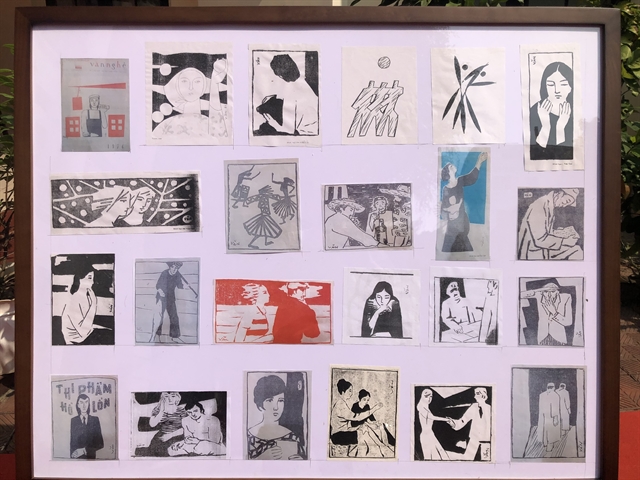 |
| Some of Cao's illustrations for newspaper cover. VNS Photo Trần Khánh An. |
The highlights of Cao's illustrations include his basic expressive outlines and strong structures, with bright colours and pleasant dispositions.
"In the 1960s, it was Cao and a few others who established a new aesthetic for book illustrations and graphic designs," translator-writer Thái Bá Vân said.
For every new day in Việt Nam and many other places throughout the world, the melody of the Vietnamese national anthem Tiến Quân Ca resounds eloquently, representing the Vietnamese people's tremendous spiritual power throughout thousands of years of history.
Though Cao passed away in the summer of 1995, his artistic legend will live forever in Vietnamese hearts.
Văn Cao was posthumously awarded the Resistance Order, the Independence Order and the Hồ Chí Minh Prize in Music in 1996 by the state for his outstanding contributions to the nation's cause of independence and freedom. VNS

